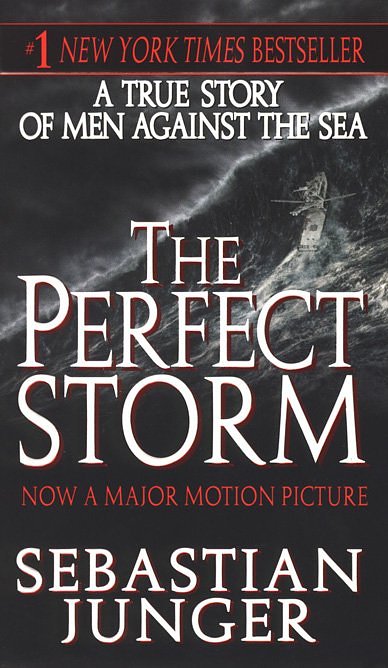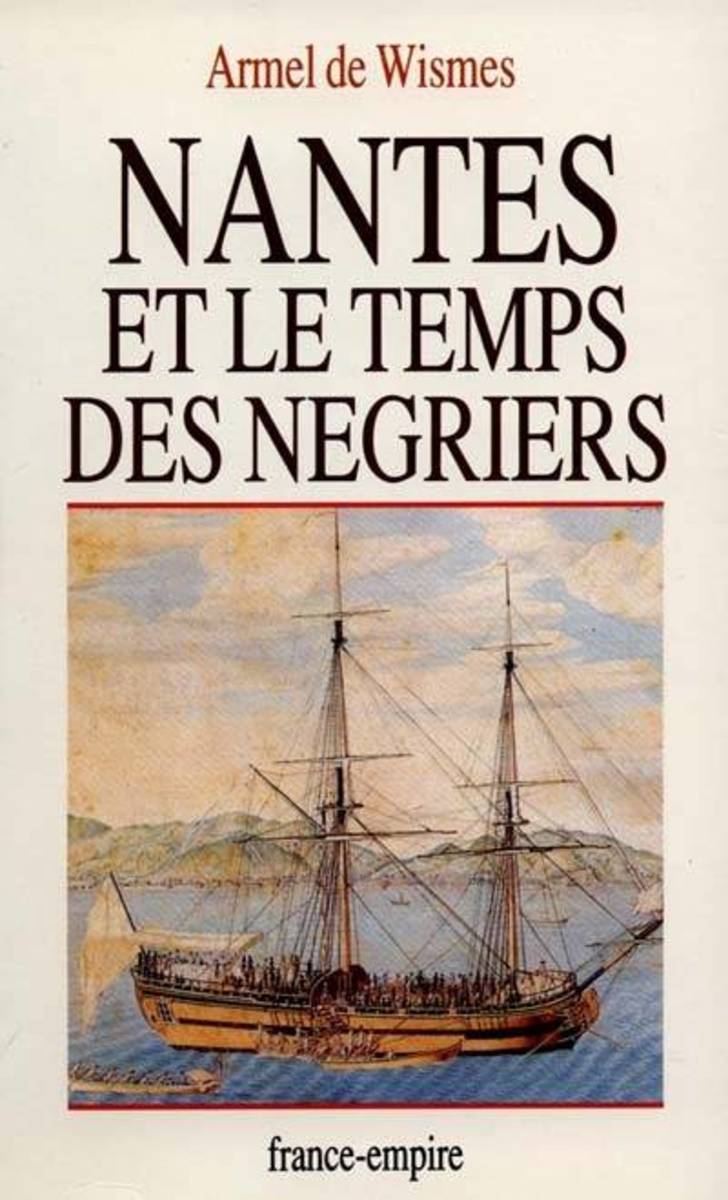- HubPages»
- Books, Literature, and Writing»
- Books & Novels»
- Nonfiction
Book Review and Summary: The Perfect Storm by Sebastian Junger

Peanut butter and tuna fish; some things are not meant to be together. In his book, The Perfect Storm, Sebastian Junger tries to write both as a journalist and as the narrator of separate stories about a sword fishing boat, a three person sailboat, and U.S. Coast Guard Cutter stuck in the middle of colliding weather systems. While his skill in each style individually is exceptional, the way he switches between the two interrupts his flow and the contrasting styles do not fit together well. Junger combines styles as an attempt to broaden his audience and to keep the writer interested, but for me, he was unsuccessful. While he tries to appeal to the reader through the three forms of rhetoric, (pathos, logos, and ethos) his desire to also tell parts of the story as a narrator and to connect the reader to the characters did not blend well with other sections of the book.
Constantly throughout his book, Junger switches between telling the story factually as a journalist, and as a characterizing narrator, which destroys his flow. In the beginning of his book he utilizes characterization to connect the reader to the fishermen and townspeople. “She’s a tall blonde who inspires crushes in the teenaged sons of some of her friends,” describes Junger, “but there’s a certain no-nonsense air about her that has always kept Bobby on his toes” (7). The way Junger describes Christina, Bobby Shatford’s girlfriend, sounds as if he knew her at the time. This use of pathos makes Junger a much more effective and believable narrator.
It is only pages later, however, where Junger transitions into more clear-cut journalism. He starts to discuss the salary of fisherman and other factual information. “Sword boats are also called longliners because their mainline is up to forty miles long,” he informs the reader. “It’s baited at intervals and paid out and hauled back every day for ten days or twenty days.” Here he uses logos and attempts to keep the reader interested through his use of facts and knowledge.
While the two contrasting styles and ideas of the book are fine separately, I did not like them together. At first, Junger’s interjections about salaries and job details kept me reading; hoping and waiting for him to return the storyline, but the frequency of his style changes made the book rather mundane and hard to follow. The writing lacked consistency in that Junger repeatedly changed his style and language throughout the entire book.
By combining the two styles and using more information about fishermen and weather systems, Junger expects to expand his audience. Instead, he ends up making the book harder for non-fishermen to understand. During sections where the author talks about fishing and weather systems, I found myself lost by much of his terminology. “[The Chebaccos had] two masts stepped well forward, a sharp stern, and cabins fore and aft [where] the men hand-lined over the side from the low midship rail” (26). While he was trying to broaden his audience, his word choice seemed to narrow his communication to only fishermen. Junger also talks step by step about the process of drowning, and while it still fit with the story, I felt that his additional information about several different areas (fishing, weather, and drowning) was almost unnecessary, and cluttered his writing.
Another component of the author’s writing that interrupted the flow of the book was his change in language. When the main focus of the book changed from being journalistic to being narrative, not only did the author’s style change, but his language did as well. In the beginning of the book, where Junger characterizes the fisherman, he uses similes and metaphors frequently such as, “built like a lumberjack” (14), and “money like dirty playing cards” (17). When he switches to talking about the occupation and the danger of the weather systems, however, he very seldom incorporates any figurative language. The constantly occurring changes in both language and style made the book harder to follow, and I lost interest.
While the story of the lost fishing boat, The Andrea Gail , interested me, the author’s inconsistent use of language and style caused me to lose interest in the book. Because the book lacked consistency, it did not meet my needs and I could not enjoy it. Junger tried to interest the reader by writing the book in two different styles, including additional information, which I found unnecessary, and changing his language. For me, he did not create interest. Had he tried to stick to a single purpose in his writing, I feel that he would have been more successful. His combination of styles was like peanut butter and tuna fish; undesirable and distasteful.






